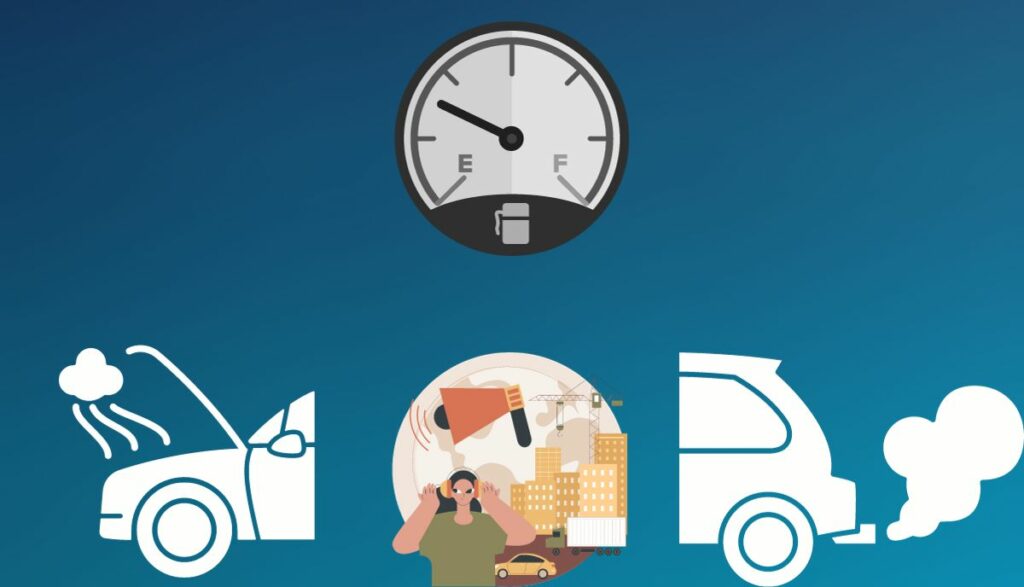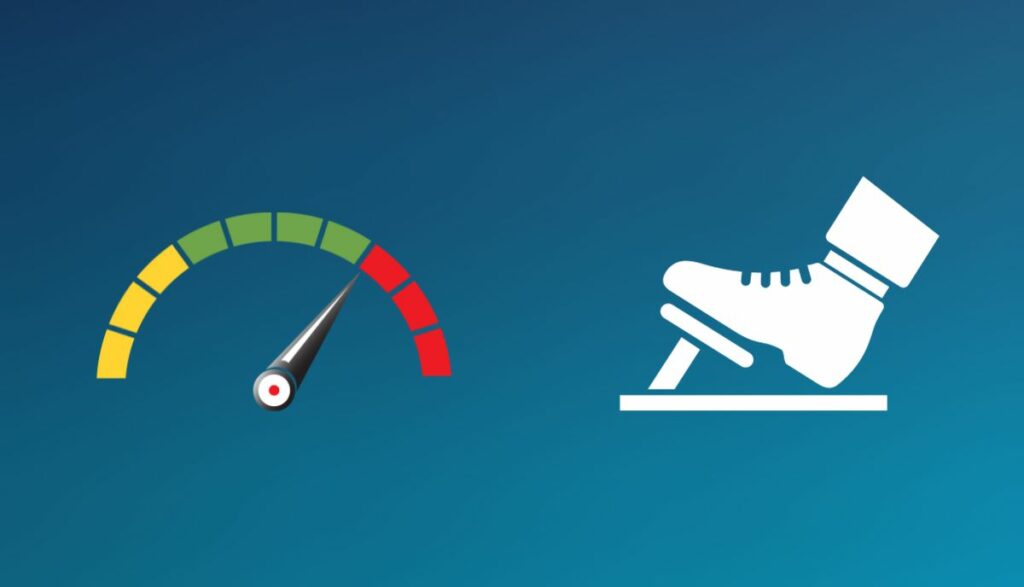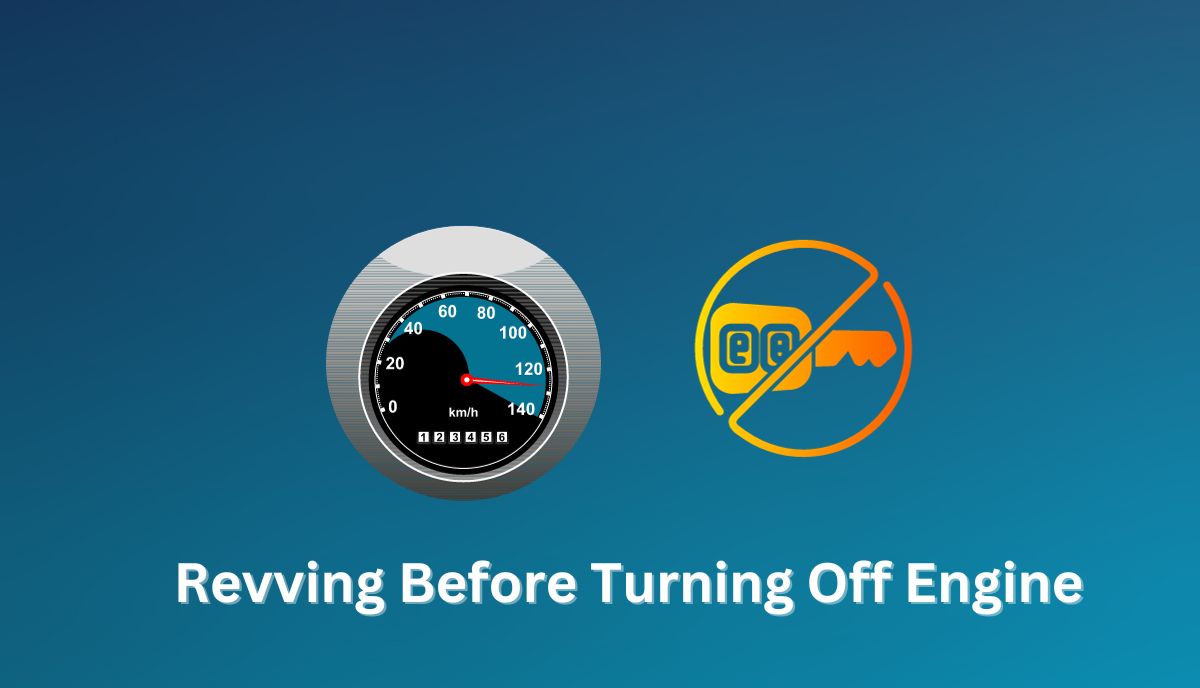You rev the engine by shifting the gear to ‘Neutral’ or ‘Park’ and stepping on the accelerator. The car won’t move, but the RPM will spike. People rev their cars in the morning all the time, but that makes sense. The individuals in question want to warm up the engine as quickly as possible before driving away. Far more confusing is the practice of revving the car before shutting the engine down. What is the point of this phenomenon?
1). Some People Want To Show Off
Many people rev their engines before shutting the car off because they want to show off. Ivan Decker published an article in HuffPost where he rebuked drivers for this habit.
He argued that revving is actually annoying. No one looks at a revving car and thinks it’s cool. However, the drivers doing the revving don’t realize this. They get a kick out of waking the neighbors with the noise from their powerful engine.
You also have drivers that enjoy the sound of their engines. They are less likely to rev extensively.
2). Drivers Want To Avoid Running ON
‘Running-on’ occurs when a hot spot in the combustion chamber ignites the air/fuel mixture even after you turn the key in the ignition to the ‘Off’ position. In other words, the engine will keep running even though you technically turned it off. You can blame this phenomenon on the following:
- You added petrol of the wrong grade. It is too low octane.
- The spark plugs are dirty or defective.
- The car has an out-of-tune carburetor.
- Faulty ignition timing.
You can fix the issue by examining and replacing the spark plugs. Did you accurately set the ignition timing? Is air leaking into the inlet manifold? Is the air filter clean and properly installed? Have you identified air leaks?
Many drivers don’t have the technical skills to resolve this issue. Additionally, they don’t have the money to hire an expert. So, instead, they prefer to rev the car shortly before shutting down the engine. This removes carbon deposits from the engine’s head.
3). Removing Blockages From The Crankcase
Drivers with older vehicles rev the engine to remove the deposits and debris blocking the crankcase. Revving ejects these blockages through the tailpipe. This simplifies startup. However, this issue is more likely to afflict cars with carburetors.
4). Making Ignition Quicker On Cold Mornings
If the gasoline in your car sits in the float chamber before it transitions to the cylinders, you can expedite ignition in situations that require a cold start by revving the engine. This fills the carburetor’s float chamber.
What Are The Potential Drawbacks Of Revving The Engine Before Shutdown?

Revving before shutdown is safer than revving in the morning. Revving a cold car in the morning turns the engine before the oil can flow in sufficient quantities to lubricate the moving parts. Keep in mind that low temperatures increase the oil’s viscosity. Thick oil doesn’t flow with the same efficiency.
But this threat is absent when you rev the car before shutdown because the engine is already warm. More importantly, manufacturers expect drivers to rev the engine. Modern vehicles are too robust to fail because of revving.
You could argue that drivers who rev their engines to show off are more likely to go too far. They may rev their engines frequently enough to do permanent harm. However, modern vehicles have rev limiters.
According to the experts at trade.mechanic.com.au, these devices prevent cars from exceeding the allowable engine speeds by retarding the ignition timing or cutting the fuel supply. This prevents unhealthy revving. But that doesn’t mean revving before shutdown is completely safe. The following considerations should concern you:
- Fuel Consumption
Mobil warns against revving because it ruins your fuel economy. You will waste more fuel by revving the engine before shutdown.
- Noise Levels
Revving makes a lot of noise. SEMA Action Network has published an extensive list of the different exhaust noise laws you find in each American state. This matters because local and federal authorities expect an engine’s noise to stay below a pre-determined threshold.
The exact figure depends on the location. For Instance, the Vehicle Certification Agency (Department of Transport) wants European drivers to aim for 72 dB or less. Your neighbors will complain if your revving makes too much noise. If they inform the authorities, you may incur hefty fines.
- Toxic Emissions
If the car burns more fuel when you rev the engine, it will also generate more toxic emissions. Environmentally conscious individuals should keep this in mind.
- Engine Wear
PHILKOTSE believes that revving before shutdown is bad for the engine. Turbocharged engines must spool down before you turn the ignition off. Revving the engine keeps the turbo spinning for an extended period even though the engine is off.
This increases the engine’s wear and tear because oil is no longer flowing into the bearings. The pistons and crankshaft may also suffer.
Are There Specific Situations Where Revving Before Turning Off The Engine Is Recommended?
- Some people rev the engine to make startup easier next time by priming the cylinders with petrol. However, even if you own an old vehicle with a carburetor, they have pumps that inject extra petrol when you step on the throttle. For modern cars, this concern is meaningless because they have injectors.
- Revving an engine before shutdown will remove residual fuel and unburned vapor from the intake and valves. This protects the spark plugs and makes startup easier. But this practice is unnecessary if the car has the correct air/fuel volume. Some people have also argued that revving doesn’t clean out anything.
- Many drivers rev the engine before shutdown to fill the carburetor’s float chamber. But fuel-injected cars don’t require this procedure. The float chamber typically stays full. If you’re worried about the fuel lost overnight, the fuel pump will top up the float chamber when you crank the engine.
Simply put, revving the engine before shutdown has no significant benefits. Many older drivers do it out of habit, not because it achieves anything.
What Is The Proper Technique For Safely Revving The Engine Before Shutdown?

The practice of revving an engine remains the same regardless of whether you’re parked or driving the car. You will step on the gas for a few seconds as the RPM increases and stop before it hits the red line.
You don’t have to do anything different. However, you should immediately stop if you notice a burning smell or strange sounds.
Are There Alternative Practices For Maintaining Engine Health And Performance Without Revving Before Shutdown?
Of all the stages of driving a car, stopping the engine is the easiest and typically involves the following:
- Find a suitable parking spot.
- Slide into the parking spot.
- Ease up on the throttle.
- Step on the brake.
- Step on the clutch.
- Lift the handbrake.
- Move the gear to ‘Neutral.’
- Turn the key in the ignition to the ‘Off’ position.
Some people will wait a few seconds before turning the ignition off. But for the most part, you don’t have to take any additional steps before shutdown to keep the engine healthy. As was noted above, revving is also unnecessary. This is particularly true for modern cars you routinely maintain. Maintenance typically involves the following:
- Change the oil at the intervals mechanics and manufacturers recommend.
- Keep the coolant at the recommended level.
- You should also change the coolant at the recommended intervals.
- Clean dirty filters.
- Fix coolant leaks. Don’t ignore the puddles that appear below the vehicle whenever you park.
- Change worn-out belts.
- Take the car to a repair shop when you see the ‘Check Engine’ light.
- Check and replace dirty or damaged spark plugs.

